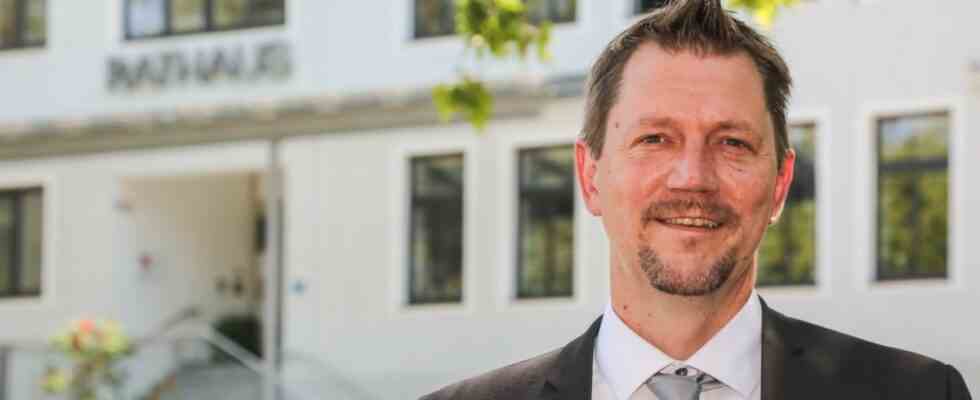A project with a long lead time is about to start in the Bergkirchner district of Günding: In the lower part of the village, an extensive protection system against flooding of the Maisach is to be created. In the event of heavy rain events, the aim is to divert water that does not flow via the Maisach itself as quickly as possible in the direction of the Amper and Amper Canal and to prevent large-scale flooding of residential areas, as was the case last time in June 2013.
The basic decision to invest in flood protection for Günding was made immediately after the flood of 2013, when the area around the sports field and St.Vitus-Straße as well as Bulachstraße and Holzstraße was flooded. At that time, the municipality decided to assume fifty percent of the costs of a protection system. However, what such a system should look like was initially controversial: various solutions were discussed before a decision was made on the concept that is now to be implemented.
The construction work should be completed in autumn 2024
The planning variant that was last agreed upon was presented to the citizens last Thursday. Mayor Robert Axtner (CSU), as well as representatives of the Munich Water Management Office and the engineering office EDR from Munich commissioned with the planning, explained what the measures will look like in the respective construction phase and to what extent the residents must expect restrictions and traffic obstructions.
The preliminary timetable for the implementation of the project is that work will start this August and be completed in autumn 2024 – always assuming that there are no construction delays due to delivery problems or unforeseen price increases.
Sebastian Auer, head of the project on the part of the engineering office, explained the individual construction phases to the many visitors in the Gündinger sports hall. Accordingly, the plan is to build two new bridges in the village, the span of which will be twice as large as before, as well as a protective wall around 500 meters long with two passages. In an emergency, the latter can be locked off with mobile elements of a blocking device. The wall will run south of the soccer field and connect to the new bridge on St. Vitus Street. A second wall is planned to the east of the Bulachgraben. The ditch itself will be widened and given a “bypass” to relieve it. Above all, however, a six meter wide and two to three meter deep “flood trough” will be created, which can then absorb further amounts of water when the Maisach water flowing out in the Bulachgraben reaches a certain height.
Project manager Auer, like Mayor Axtner, emphasized that efforts are being made to impose as few restrictions as possible on the citizens. For example, the two bridges are to be built in parallel so that traffic between the upper and lower parts of the city will only have to be closed once. Above all, good communication with the citizens is important to Axtner: For example, the plans for the project can be looked up on the Internet.
At the meeting, to which the municipality had invited, the citizens also had ample opportunity to speak. One man explained that he was “shocked” by the height of the planned wall of 1.80 meters – a concern that Thomas Atzenhofer, project manager on the part of the water management office, was able to at least partially take away from him: the wall is not yet full at the sports field Reach height, it should also be greened. The comparatively long time it took to build the wall – 15 months are planned – was explained by the nature of the soil and the complex technology of a “micropile foundation”. It is also important for the citizens to be informed in good time about planned road closures or the future appearance of currently unattractive areas in the town. Mayor Axtner promised to take care of both. With regard to a parking lot for SV Günding, which is currently still being used as a rubbish dump, he explained that the entire area should be “upgraded” after the construction work has been completed.
The plans that were shown to the citizens are already the implementation plans. At the same time, according to the representatives of the planning office, the tender for the construction measures, which are divided into two construction lots, is being worked on. However, one big question mark remains: The financing concept for the project, which costs a total of three million euros, is based on prices that were set five years ago – and only the results of the tender will show whether these can be maintained. “We are in extremely difficult times,” explained Sebastian Auer: At the moment, it is hardly possible to make binding statements about future price developments and thus also about keeping to the schedule.

